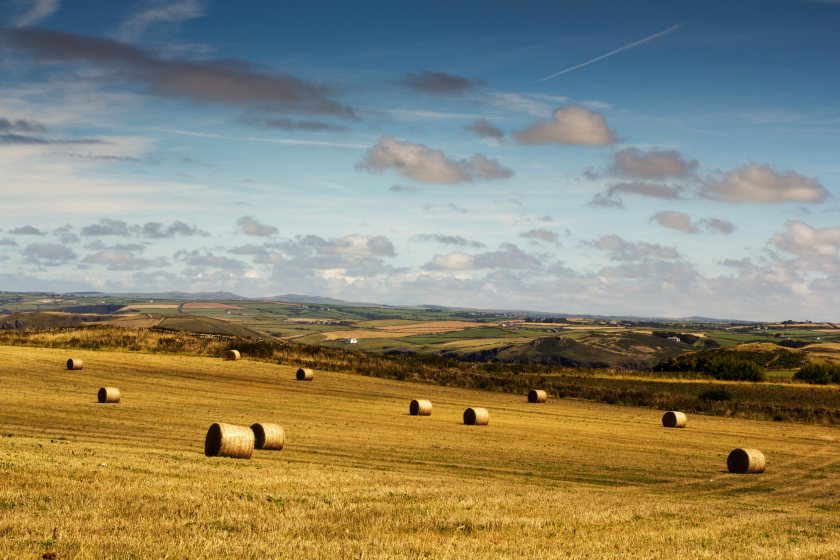
Up to 75,000 individual farm business owners are 'likely to be affected' by the government’s changes to inheritance tax (IHT) over the coming generation.
That equates to an annual figure more than five times the government’s prediction, based on new calculations by the Central Association of Agricultural Valuers (CAAV).
The government’s data may come from correct answers to the questions it asked, but by basing them on agricultural property relief (APR) only, it has missed large parts of farming, CAAV says.
From April 2026, farms worth more than £1m will incur a 20% inheritance tax charge as part of changes made in the recent budget, sparking fears over the future of family farms.
Even allowing for almost any plausible margin of error, CAAV explains that it is reasonable for large numbers of farmers to expect to be adversely affected.
More widely, privately owned businesses - accounting for 30% of the UK economy - face the same changes to business property relief (BPR) and will also be affected.
The government claims that only 500 farmers a year will be affected by the changes to APR and BPR, based on data from HMRC which reports 1,727 APR claims in 2021/22.
But the government’s analysis has not taken proper account of the interaction with other reliefs, notably BPR and spouse relief, or how farm businesses work, CAAV says.
Currently, APR applies to land and buildings – not business assets like livestock, machinery, and commodities in store; under the new rules these assets will fall within the IHT calculation.
In addition, HMRC’s figures show that 860 farms claimed for both APR and BPR – the new proposals will amalgamate these with an overall cap of £1m relief, and 20% tax charged thereafter.
There are 70,000 farm businesses in the UK over 125 acres, of which 40,000 are over 250 acres, explains Jeremy Moody, secretary and adviser to the CAAV.
“That 70,000 is potentially a proxy for the land area that on its own could take a value above £1m before considering any farmhouse or other business assets.”
From those figures, both company owners and tenant farmers just need BPR, leaving around 60,000 landowners above the £1m threshold – although it should be remembered that tenant farmers may still need some APR claims.
And Defra’s report on farming balance sheets for 2022/23 shows an average of £668,000 of non-land assets – like machinery etc - which would fall into BPR.
On top of this are many diversified activities interwoven with the farming business. These, too, fall within BPR, which substantially increases the number exposed to the new tax liability.
For IHT calculations, business liabilities like loans must be deducted, CAAV says, adding that Defra puts average liabilities of £294,000, leaving an average net worth of £2.2m.
But the government’s calculations that only those married couples with assets worth £3m or more will be affected require a very specific set of circumstances, which is both unrealistic and unreasonable, it says.
Another important consideration is spouse relief – currently, assets can pass between spouses tax free, as can the nil rate band of £325,000 and, where available, the £175,000 residential nil rate band, to be used on the second death.
Mr Moody says: “But the £1m of full relief is not transferable between spouses – and given the complexities of farm accommodation and income, spouses may still have to leave assets to each other, bringing even more assets above the joint APR / BPR cap.”
Overall, he calculates that around 75,000 taxpayers will be affected by the changes. “Over a 30-year generation, that would equate to some 2,500 a year rather than the government’s estimate of 500.”
And inflation will only increase this number as years go by. “The nil rate band has been frozen since 2009 and will remain so until 2030,” he says.
“Since 2009 it has lost 36% of its real value. Projected over the next 15 years, £1m would have the same value as £640,000 now.
"Even by April 2026 it will be worth £966,000. This is not a policy that has been properly thought through," Mr Moody concludes.
